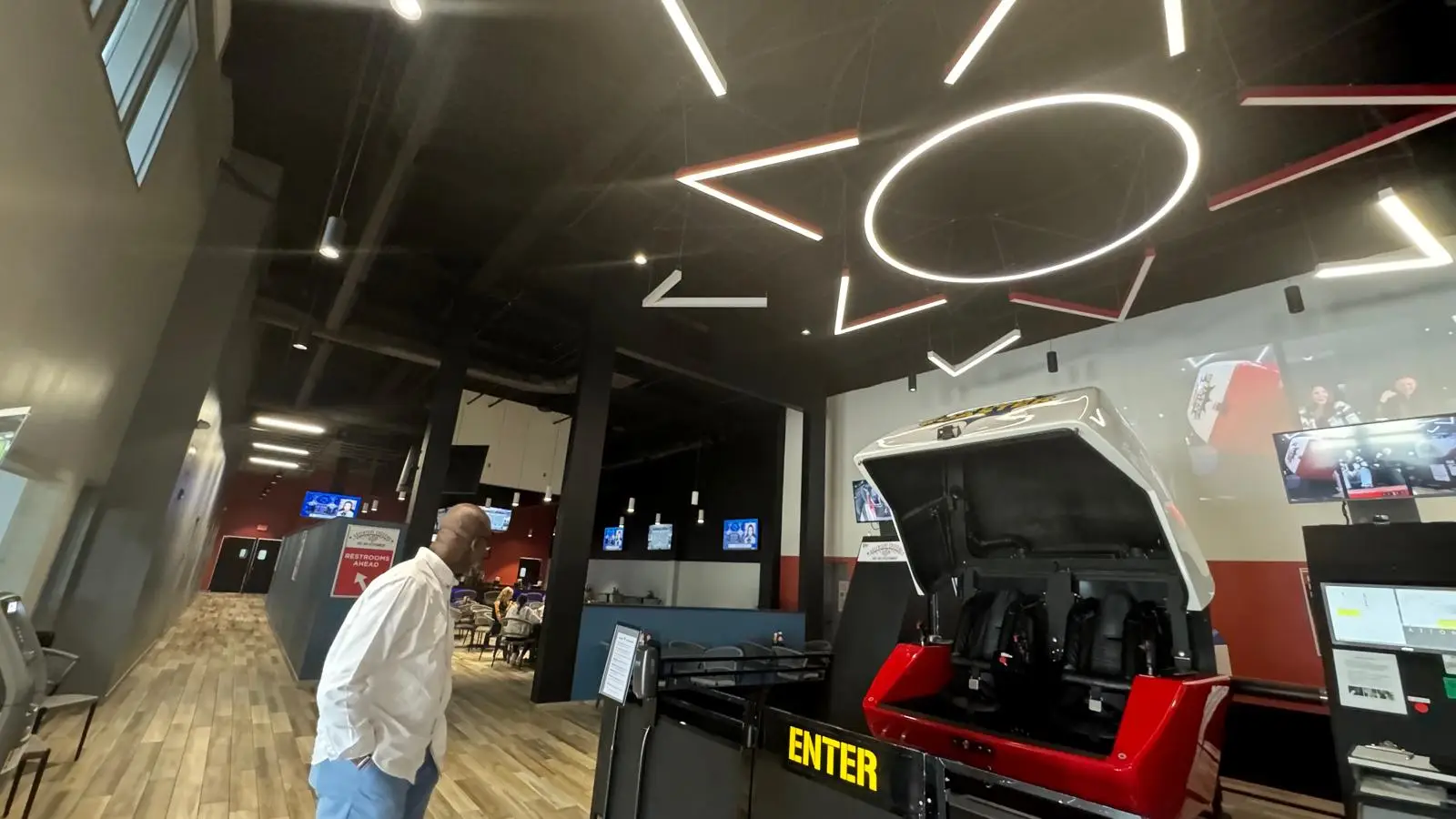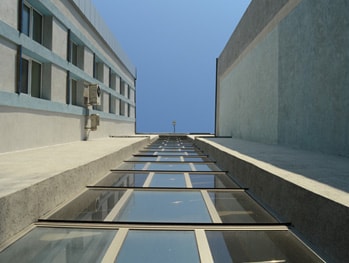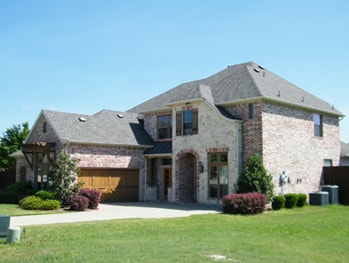7 Building Automations for QSR’s
The list below will guide you through the 7 Building Automations for QSR’s and how the team at APS can guide you through the implementation process.
1.Energy Efficiency
One of the key advantages of the Olympus™ BAS for enhancing energy efficiency is its ability to control and monitor HVAC systems. Owners can set schedules for the HVAC to operate based on building occupancy, ensuring that the system runs only when necessary, which cuts down on energy consumption and costs. The BAS can also automatically adjust temperatures based on occupancy or schedules, further conserving energy when the building is unoccupied.
Additionally, the Olympus™ BAS manages lighting systems in QSRs. It can automatically turn off lights when they are not needed, reducing energy use and costs. With occupancy sensors, the BAS detects when areas are unoccupied and turns off the lights accordingly. It can also adjust lighting levels based on ambient light conditions, dimming lights to match natural light levels and enhancing customer comfort while minimizing energy use.
2.Effective HVAC Monitoring
Today, quick-service restaurants (QSRs) increasingly rely on advanced technology to enhance their operations. However, one critical factor that significantly impacts their bottom line is often overlooked: energy management. Inefficient energy use can lead to substantial monthly losses, with QSRs typically consuming three to four times more energy than comparable office buildings. HVAC costs alone can make up to 35% of their total energy expenses, largely due to the significant heat generated from kitchen operations.
HVAC systems in restaurants often suffer from “leakage,” where up to 40% of energy is wasted. This includes heating or cooling unoccupied spaces and improperly regulated setpoints that force the HVAC system to work harder. This inefficiency is especially costly during peak periods when energy prices are higher. The Olympus™ BAS offers an automated energy management solution that can optimize HVAC energy use with the installation of a “smart” thermostat and a few strategically placed sensors. This system reduces energy costs with no initial investment and delivers immediate savings while also identifying and addressing minor HVAC issues before they escalate.
3.Equipment Maintenance
Equipment maintenance is crucial for QSRs, as it ensures all equipment operates correctly and efficiently, minimizing the risk of failures, downtime, and expensive repairs. The Olympus™ BAS automates and streamlines maintenance tasks, helping QSRs maintain their equipment in top condition.
Additionally, the Olympus™ BAS optimizes equipment performance by monitoring usage, identifying energy inefficiencies, and suggesting ways to reduce energy consumption. For example, the system can track HVAC usage, temperature setpoints, and operational times, providing valuable data to help facility managers adjust settings to lower energy consumption and extend equipment lifespan.
4.Occupancy Tracking
IoT sensors integrated with a BAS can detect occupancy in the restaurant, create a heatmap, and send notifications to the business manager. This technology is useful for managing HVAC systems and occupancy-based lighting, enhancing energy efficiency. It also supports hygienic maintenance, improves service for takeout orders, and provides valuable feedback for ongoing layout adjustments and advertisement placement within the store.
5.Real-time Monitoring
Real-time monitoring involves the continuous delivery of updated information. These systems are designed to provide immediate feedback on the status of various processes or systems, enabling quick and informed decision-making. In the context of QSR operations, real-time monitoring refers to the continuous flow of information from various sensors and connected systems throughout the building and equipment. This data is analyzed to identify trends, patterns, and anomalies, which can enhance operational efficiency, reduce costs, and improve the customer experience.
By allowing early detection of equipment failures, real-time monitoring enables maintenance teams to quickly identify and resolve issues before they escalate, reducing downtime, improving efficiency, and preventing revenue loss. Additionally, it helps QSRs identify areas where energy is wasted, facilitating measures to reduce consumption. This can include turning off unused equipment, optimizing heating and cooling systems, and identifying equipment that may need replacement with more energy-efficient models.
6.Data-driven Decision Making
Building automation systems are capable of collecting and analyzing vast amounts of data on various aspects of QSRs. This includes data on energy usage, equipment performance, and customer behavior. The ability to collect and analyze such data enables QSRs to make data-driven decisions to optimize their business operations and increase revenue. For instance, QSRs can use data analytics to optimize maintence schedules. This involves analyzing systems data to determine iregularities in your systems to perform preventaative meintenance and increase the life of the appliance.
7.Water conservation
An effect of creating backpressure upstream is a corresponding pressure drop downstream. APS can precisely control the amount of pressure drop based on individual system needs. This pressure drop reduces actual water consumption in non-volumetric water uses such as showers, sinks, hoses and the like, adding up to meaningful water bill savings.
Interested in learning how APS can save your QSR thousands a month? Contact us now to speak to a rep.
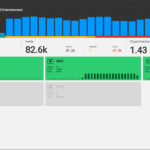 Previous Post
Previous Post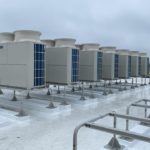 Next Post
Next Post